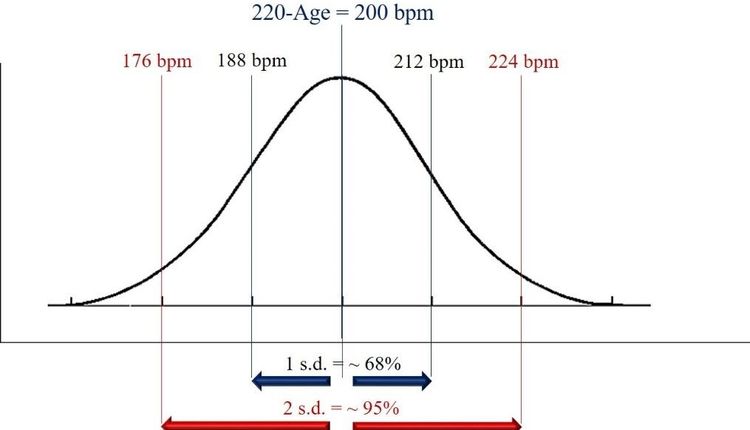One out of every four obese school-aged children (six to 12 years old) develops an illness typically associated with adults that are nearly 40 years old, metabolic syndrome, due to one clear reason: child obesity.
It has been revealed in a study carried out by the department chair of the Institute of Food Nutrition and Technology of the University of Granada, Angel Gil Hernandez, who warns that this syndrome provokes arterial hypertension in children, insulin resistance, and, in the long term, type two diabetes, an illness associated with numerous cardiovascular pathologies and whose treatment will mean an elevated cost for the Spanish Health Service in the future.
According to the expert, child obesity affects nowadays 17% of Spanish children, who suffer clinical consequences (hypertension) and biochemical consequences (a high level of triglycerides in plasma) because of it. The appearance of cardiovascular illnesses associated with obesity and diabetes will mean a grave problem in only a few years, postulates Gil Hernandez.
A Pandemic of the 21st Century
The "ill-fated combination" of inadequate nutrient intake and a sedentary lifestyle, or cases of physical inactivity, can be found among the causes of child obesity ("one of the pandemics of the 21st century"). "Contrary to what most parents believe", affirms the university chair, "physical exercise is the key to combat obesity, child or adult: We could say that, along with the genetic predisposition, 70% of our figures are owed to exercise and only the remaining 30% correspond to diet. Gil Hernandez recalls a Spanish saying that asserts that the secret of a good diet is "a little food and lots of foot".
According to the estimations of the study group directed by the University chair, if present day pattern continues, the cases of type-two diabetes in child population will have quadrupled by 2020. Angel Gil Hernandez is the UGR Professor with more articles published in nutrition journals with a high-impact rate. Among other scientific journals, his papers have been published in Clinical Science, British Journal of Nutrition, and International Journal of Obesity.
It has been revealed in a study carried out by the department chair of the Institute of Food Nutrition and Technology of the University of Granada, Angel Gil Hernandez, who warns that this syndrome provokes arterial hypertension in children, insulin resistance, and, in the long term, type two diabetes, an illness associated with numerous cardiovascular pathologies and whose treatment will mean an elevated cost for the Spanish Health Service in the future.
According to the expert, child obesity affects nowadays 17% of Spanish children, who suffer clinical consequences (hypertension) and biochemical consequences (a high level of triglycerides in plasma) because of it. The appearance of cardiovascular illnesses associated with obesity and diabetes will mean a grave problem in only a few years, postulates Gil Hernandez.
A Pandemic of the 21st Century
The "ill-fated combination" of inadequate nutrient intake and a sedentary lifestyle, or cases of physical inactivity, can be found among the causes of child obesity ("one of the pandemics of the 21st century"). "Contrary to what most parents believe", affirms the university chair, "physical exercise is the key to combat obesity, child or adult: We could say that, along with the genetic predisposition, 70% of our figures are owed to exercise and only the remaining 30% correspond to diet. Gil Hernandez recalls a Spanish saying that asserts that the secret of a good diet is "a little food and lots of foot".
According to the estimations of the study group directed by the University chair, if present day pattern continues, the cases of type-two diabetes in child population will have quadrupled by 2020. Angel Gil Hernandez is the UGR Professor with more articles published in nutrition journals with a high-impact rate. Among other scientific journals, his papers have been published in Clinical Science, British Journal of Nutrition, and International Journal of Obesity.







